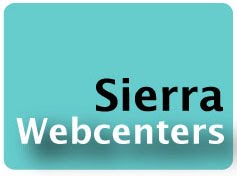There are many approaches to drawing.
One can go at it in an effort to record something observed, and base the quality of the results upon how closely the drawing resembles the thing being rendered. Another approach may be to explore materials -- trying pencil and then charcoal and maybe watercolor, et al, with or without a visual reference point to prompt the artist. Drawing like this can be spontaneous and quixotic, or have a basis in something very formal. Of course, drawing can be narrative or schematic. Both are representational, and both rely on visual storytelling symbology.
The list goes on, and every approach validates drawing as a form of art. Overall, these methods are probably taken for granted by the wide world, so that when a really interesting approach appears, it stands out in stark relief.
Denver artist Kay Tuttle has been watching her father draw things her whole life. Recently she started using these drawings as a starting point for her own work, by drawing on top of her father's imagery:



The result is an overlaying of images that tell different stories but also a story as a whole. Her dad's masculine symbology -- airplanes, tanks, ships and soldiers -- are dressed with Tuttle's flowers and patterns and bits of nature to form a new visual language:

"I try to treat them as found surfaces, reacting to the marks, colors, and subject matter he has chosen. Psychologically it can be difficult as sometimes I erase or obliterate what he drew through marks and value," Tuttle says about this particular group of works on paper. She also remarks that "Thematically the drawings develop into nature versus machine."
View more of Tuttle's re-markable work at her website, www.kaytuttle.com.
View more of Tuttle's re-markable work at her website, www.kaytuttle.com.








.jpg)
I do like the way her drawings change the entire meaning of the earlier work. At least it changes it for me.
ReplyDelete